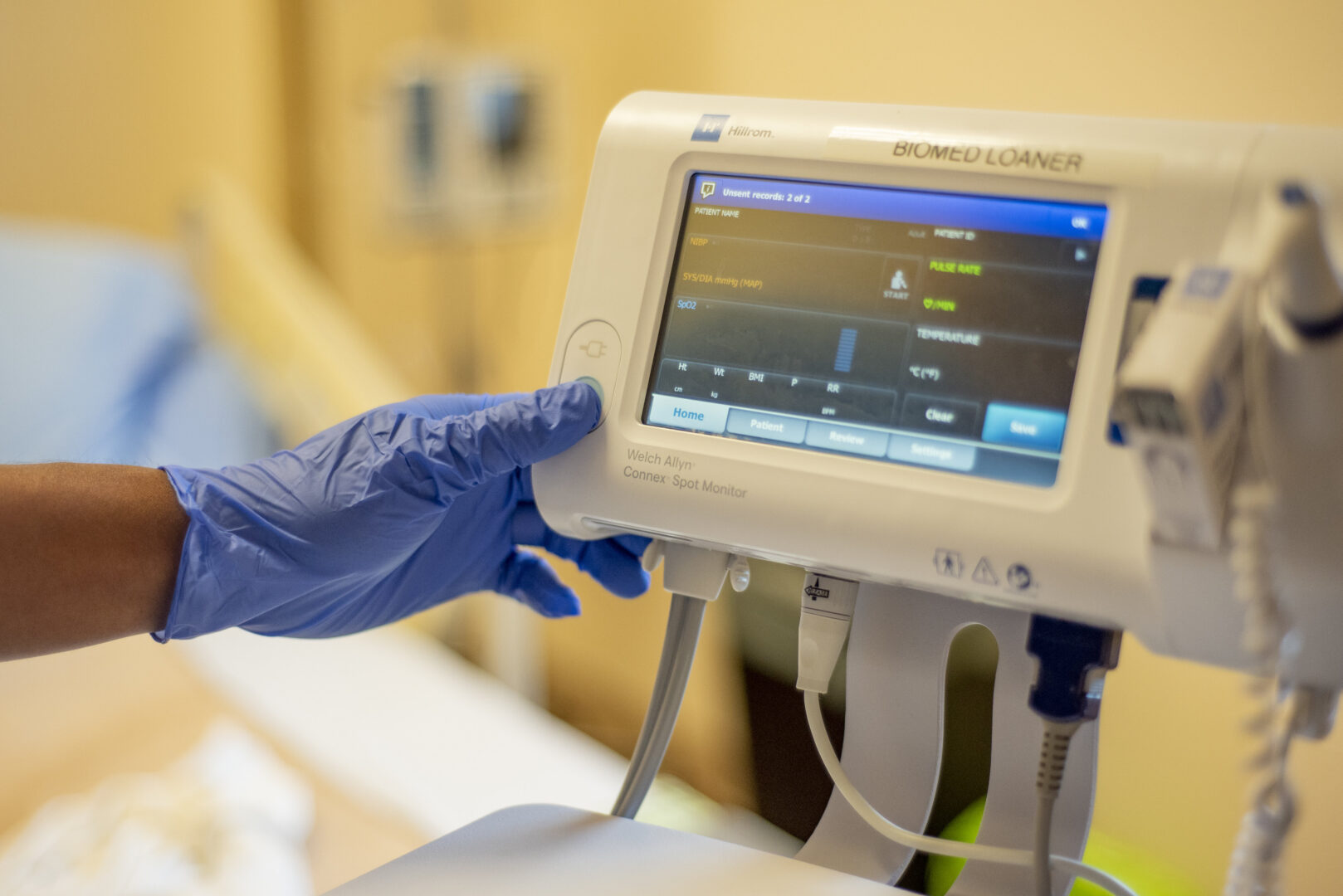International research led by North York General Hospital focuses on ‘other’ cardiac heroes

It was a Monday night football game that no one watching will ever forget. In front of a packed stadium in Cincinnati, Damar Hamlin of the Buffalo Bills collapsed after colliding with another player. The football star suddenly went into cardiac arrest. Coaches, fans, TV viewers and distraught players on both teams watched helplessly as emergency responders worked quickly to resuscitate the fallen player. Thankfully, they were able to do so, and after several weeks of intensive medical care Hamlin is on the road to recovery.

As Hamlin’s experience shows, these events can also take a serious toll on the people who witness the episode. This very personal and public event happened several months after the relasese of a scientific statement by the American Heart Association led by Katie Dainty, PhD., Research Chair in Patient-Centred Outcomes at North York General Hospital (NYGH) and an Associate Professor at the University of Toronto examining the psychological experiences of lay responders who witness and/or intervene in a person’s cardiac arrest.
The statement shines a light on a common but not often talked about issue. Dr. Dainty’s research at NYGH is focused on incorporating people’s experiences to inform health care innovation, such as advancing our understanding of what outcomes matter to patients and families, and in this case lay responders.
“When a cardiac arrest happens, it happens suddenly, often with little advance warning. And most of the time, these cardiac events take place in the home and involving a loved one,” says Dr. Dainty. “Through this statement, we summarized the research on what lay responders have experienced including psychological and social trauma after witnessing and/or intervening in an event.”
Until recently, there have been few studies on the psychological factors influencing a person’s decision to intervene in a cardiac arrest and the psychological impacts on lay responders in these often-traumatic situations.
Dr. Dainty and her team’s research showed that nearly half of lay responders could not identify that a person was in cardiac arrest. Some hesitated to intervene due to psychological factors like fear, concerns over a potential lawsuit and even misinformation about CPR credentialing. Dr. Dainty and her team also found that many lay responders experience a range of emotions after the cardiac event ranging from fear to depression with some experiencing flashbacks and sleep disturbances.
“An estimated 80 percent of cardiac arrests occur at the home, which means there’s a high chance that this will happen in front of a family member or friend. We need to recognize the impact and trauma experienced by those who have witnessed and responded to a cardiac arrest and develop innovative tools to support and empower them, and understand how they might feel afterward, both positive and negative,” says Dr. Dainty.
Dr. Dainty continues to focus her research on new and more effective ways to support survivors of cardiac arrest, lay responders and their families including the role technology can play.
Learn more about performing CPR by watching a brief, step-by-step video produced by the Canadian Heart & Stroke Foundation.
